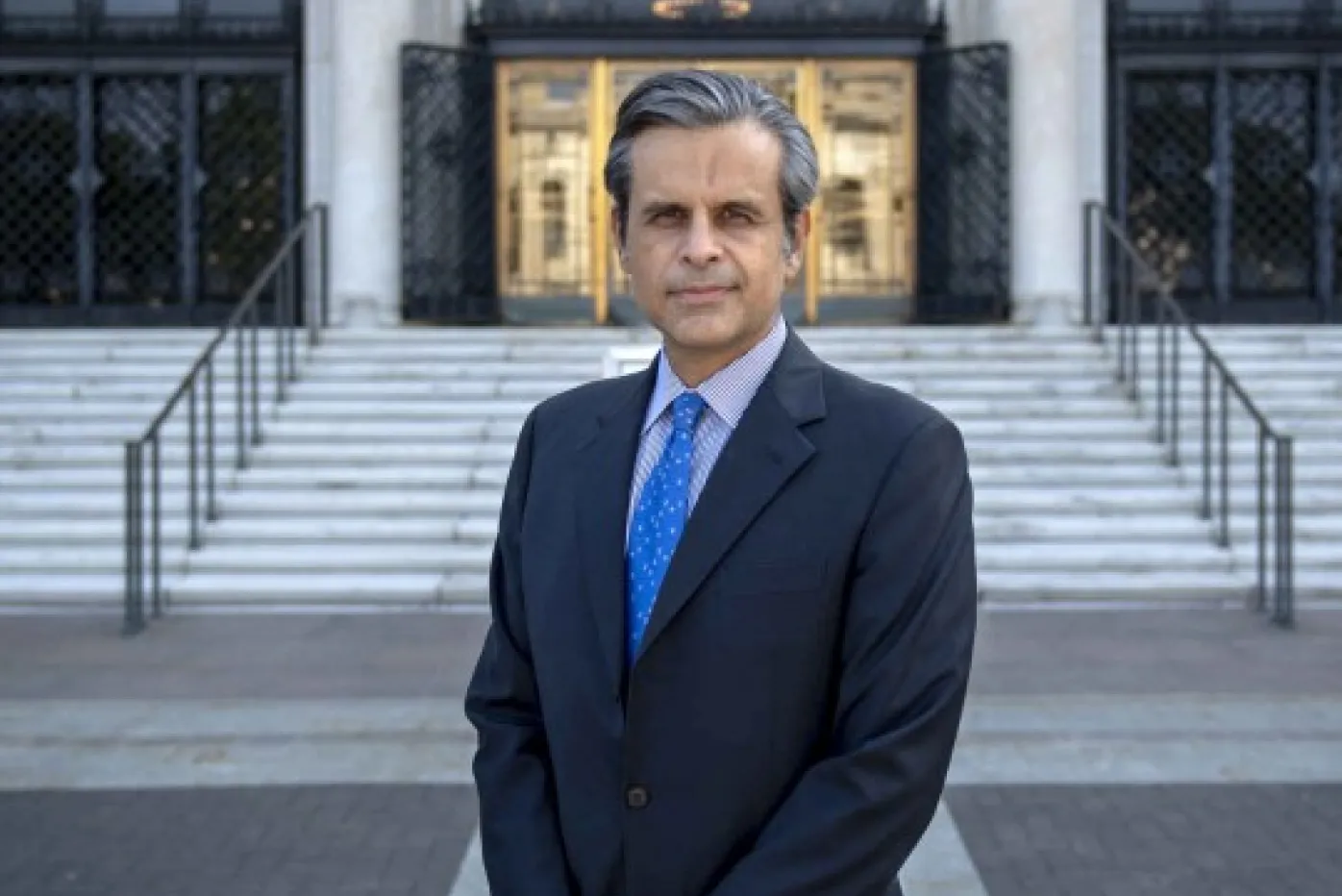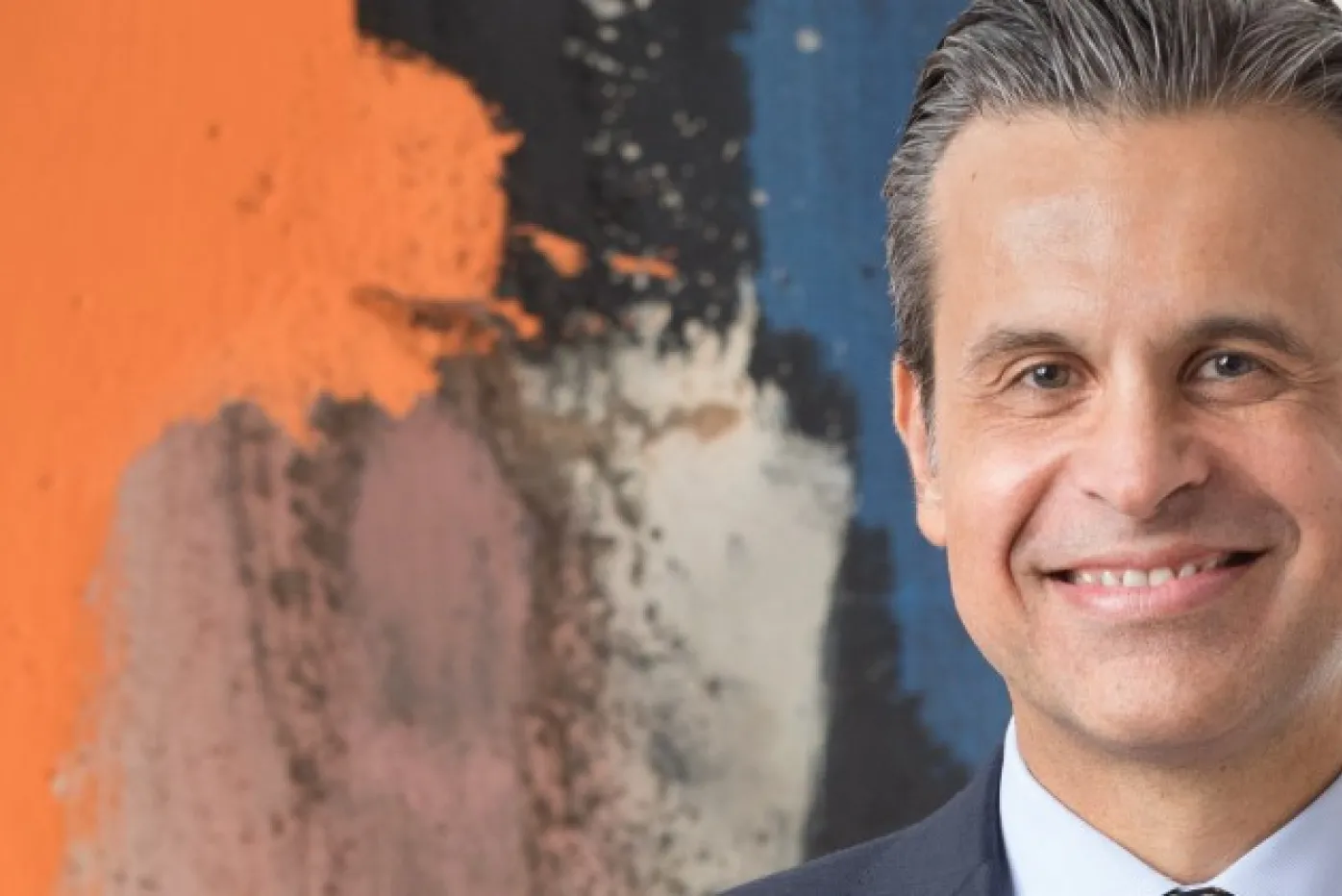From the Director, July 2018
Updated Jul 20, 2022
This is Detroit
Last month, I attended the public announcement and celebration of the Ford Motor Co. acquisition of the globally emblematic Michigan Central train station in Detroit. Crowds packed in to hear speeches that spoke about the past, the present and the future of Ford, Detroit, and Michigan, which put the world on wheels! It was a meaningful moment for the auto industry, and more importantly, the arts provided the platform for inspiration and music, so core to Detroit’s culture, elevated our spirits and set a high tone for our hopes and dreams. First, there was a performance by 18-year-old cellist Joshua McClendon, then Big Sean, backed by the Detroit’s Children Choir, performed “Bigger than Me” and “One Man Can Change the World.” Before the Detroit rapper performed, U.S. poet laureate, Tracy K. Smith, read “Poem for the Light in Michigan Central Station” and I saw some people tearing up with emotion triggered by her powerful words.
On my way back to the office and later that day, I could not stop thinking about this event and remembered my experience with the train station when I first came to Detroit to work for the DIA in 2008. Everyone relates to this magnificent building in one way or another – it is impossible not to when confronted with such an impressive work of art. For example, a friend of mine who is a long-time Detroiter, mentioned recently that when he was a kid, he believed this was the biggest building in the world. In 2008, I used to go grocery shopping in Mexicantown and on my drive there I would always salute the building. The first time I saw it I stopped and took a picture with my phone and emailed it to a friend labeling the image: “This is Detroit.” There was no question at the time, that this decaying building was the image of a depressed city, of its history and of a “fallen empire.” Nevertheless, it also possessed the silent beauty of a Greek or a Roman ruin, like the Parthenon in Athens or the Colosseum in Rome, which are represented in some of our DIA paintings.
Like men and women of the Renaissance, Ford Motor Co. is set to restore and conserve this building and put it back to work for the better good of our society. In four years or so, Michigan Central Station will be a renewed icon, but this time as a symbol of this great city's comeback, what I like to call “the American miracle.” Of course, I cannot help but think about the Ford family and their contributions to our museum, the collection, and the Diego Rivera murals, where the artist painted workers from all over the world, a herculean force, who built Detroit’s industry. We are in exciting times, we are all part of this extraordinary history, and I am looking forward to seeing the artistic talent who will celebrate this generation with some new “Rivera murals.” Big Sean, the Detroit Children’s Choir, Joshua McClendon and U.S. Poet Laureate Tracy K. Smith have set the stage, and the DIA will continue to embrace, preserve and connect the art of our times with all of you.

DIA Director, Salvador Salort-Pons in Rivera Court
This is Detroit
Last month, I attended the public announcement and celebration of the Ford Motor Co. acquisition of the globally emblematic Michigan Central train station in Detroit. Crowds packed in to hear speeches that spoke about the past, the present and the future of Ford, Detroit, and Michigan, which put the world on wheels! It was a meaningful moment for the auto industry, and more importantly, the arts provided the platform for inspiration and music, so core to Detroit’s culture, elevated our spirits and set a high tone for our hopes and dreams. First, there was a performance by 18-year-old cellist Joshua McClendon, then Big Sean, backed by the Detroit’s Children Choir, performed “Bigger than Me” and “One Man Can Change the World.” Before the Detroit rapper performed, U.S. poet laureate, Tracy K. Smith, read “Poem for the Light in Michigan Central Station” and I saw some people tearing up with emotion triggered by her powerful words.
On my way back to the office and later that day, I could not stop thinking about this event and remembered my experience with the train station when I first came to Detroit to work for the DIA in 2008. Everyone relates to this magnificent building in one way or another – it is impossible not to when confronted with such an impressive work of art. For example, a friend of mine who is a long-time Detroiter, mentioned recently that when he was a kid, he believed this was the biggest building in the world. In 2008, I used to go grocery shopping in Mexicantown and on my drive there I would always salute the building. The first time I saw it I stopped and took a picture with my phone and emailed it to a friend labeling the image: “This is Detroit.” There was no question at the time, that this decaying building was the image of a depressed city, of its history and of a “fallen empire.” Nevertheless, it also possessed the silent beauty of a Greek or a Roman ruin, like the Parthenon in Athens or the Colosseum in Rome, which are represented in some of our DIA paintings.
Like men and women of the Renaissance, Ford Motor Co. is set to restore and conserve this building and put it back to work for the better good of our society. In four years or so, Michigan Central Station will be a renewed icon, but this time as a symbol of this great city's comeback, what I like to call “the American miracle.” Of course, I cannot help but think about the Ford family and their contributions to our museum, the collection, and the Diego Rivera murals, where the artist painted workers from all over the world, a herculean force, who built Detroit’s industry. We are in exciting times, we are all part of this extraordinary history, and I am looking forward to seeing the artistic talent who will celebrate this generation with some new “Rivera murals.” Big Sean, the Detroit Children’s Choir, Joshua McClendon and U.S. Poet Laureate Tracy K. Smith have set the stage, and the DIA will continue to embrace, preserve and connect the art of our times with all of you.

